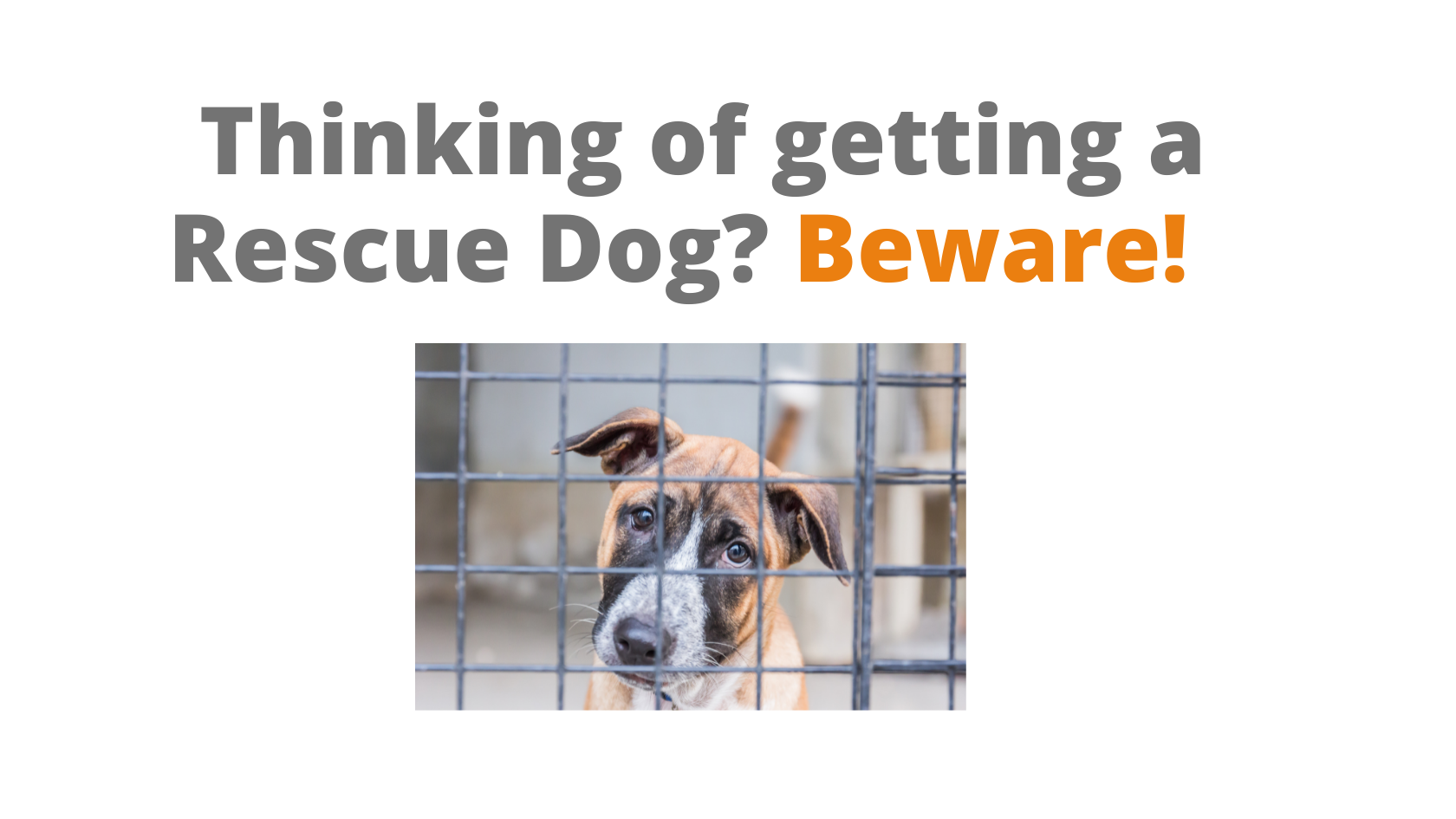Ali answers:
Firstly, I highly recommend you swap the word “treat” and use “food reward” instead. This really helps you understand when to use food. What I mean is, we only reward a dog when they have done something we have requested of them… ie, “come”. There should be no food given if you haven’t requested anything of them. Request = Reward.
When we begin teaching our dogs in the home and garden that we would like them to walk close to us, we can use a word/signal to request them to walk by our side and if they are successfully where we requested them we can reward them with food. We will naturally use more food to begin with and less food as they gain in experience and knowledge of what we want from them, and choose to do it for us. If a dog is walking really nicely on lead, simply be happy with them that all your work is paying off. No need to disturb the flow by adding food into the situation. If you need to remind them occasionally you need a balance of calm no-talking-SSCD (For more on stop start change direction, see this blog) and a request to heel then food reward if successful. If it’s more than occasional reminding, go back a stage.
I would also swap the word “command” for “request” as this terminology also helps clarify what you need to do. Do you need to request your dog to sniff? No, because he would choose to do this anyway. So when we are walking together, we generally are doing one of 3 things: 1. walking on lead (ie. non to very little sniffing!), 2. stopping, maybe allowing a more relaxed lead and so he can choose what he does within the confines of the lead length, or 3. off-lead and he can do what he likes as long as he recalls.
I hope that makes sense! What I am teaching here is often completely at odds with traditional dog training which is very command based/lots of eye contact/clickers/adrenalin etc etc. Remember that dog listening shows us the world from the dog’s perspective so that we can work so much more in tune with one another and gain a deeper understanding and bond.


